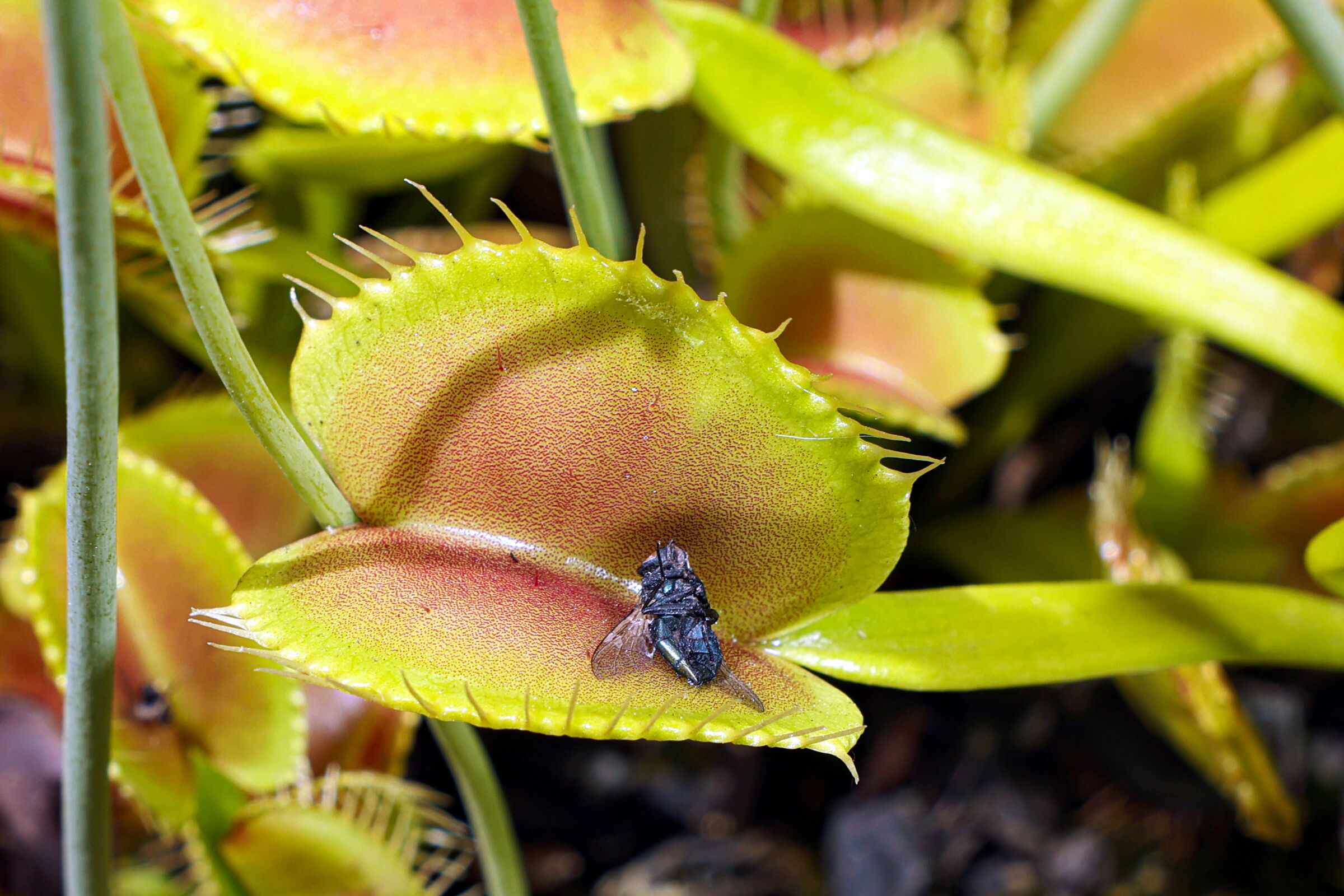Carnivorous plants are intriguing due to their ability to lure, trap and digest insects to supplement their nutrient intake. Two popular types of carnivorous plants include the Venus Flytrap and the Pitcher Plant because of their unique adaptations to capture prey. The Venus Flytrap grows small with a trap-like structure while the Pitcher Plant can grow to several feet tall and develops a deep bell-shaped structure. Both plants are native to different areas in the United States and Canada and need special conditions to thrive. Ultimately, the choice between the two fascinating carnivorous plants comes down to personal preference.
Venus Flytrap vs. Pitcher Plant: Which Is the More Fascinating Carnivorous Plant?
Introduction
Carnivorous plants have long fascinated botanists and nature enthusiasts alike. They are unique in their ability to attract, trap and digest insects to supplement their nutrient intake. Two of the most popular carnivorous plants are the Venus Flytrap (Dionaea muscipula) and the Pitcher Plant (Sarracenia spp.). Both of these plants have unique adaptations to capture their prey, but which one is more fascinating?
Morphology and Adaptations
The Venus Flytrap is a small plant that grows to about 5-6 inches in diameter. Its leaves are modified to form a trap that is activated when insects come in contact with the trigger hairs inside the trap. The trap consists of two lobes that snap shut when triggered, enclosing the insect inside. Once trapped, the plant secretes digestive enzymes to break down the insect and absorb its nutrients.
In contrast, the Pitcher Plant is a larger plant that can grow up to several feet tall. Its leaves form a deep, bell-shaped structure known as a pitcher. The pitcher is lined with downward-pointing hairs and a slippery surface that makes it nearly impossible for insects to climb out once they fall in. The plant uses nectar to attract insects to the rim of the pitcher, where they fall in and drown in the digestive enzymes.
Distribution and Habitat
The Venus Flytrap is native to the wetlands of the southeastern United States, particularly in North and South Carolina. It grows in sandy, nutrient-poor soils and requires acidic conditions to thrive.
The Pitcher Plant, on the other hand, is native to boggy areas across North America, including the eastern United States and Canada. They also grow in nutrient-poor soils but require more moisture than the Venus Flytrap.
Cultivation
Both the Venus Flytrap and Pitcher Plant can be cultivated in home gardens and grown in pots. They require specific growing conditions to thrive, such as high humidity and moist, nutrient-poor soil.
The Venus Flytrap is more challenging to grow than the Pitcher Plant due to its specific requirements. It requires a dormancy period during the winter months and can suffer from overwatering or fertilization.
The Pitcher Plant is easier to grow than the Venus Flytrap but still requires specific conditions. It prefers bright, indirect light and requires constant moisture to thrive.
Fascination and Awe
Both the Venus Flytrap and Pitcher Plant are fascinating plants that have captured the interest of scientists and nature enthusiasts for centuries. Their unique adaptations and abilities to capture and digest insects make them stand out among other plants.
The Venus Flytrap’s rapid trapping mechanism and ability to reopen if it doesn’t capture prey are awe-inspiring. Its predatory nature and ability to sense and respond to stimuli make it a remarkable plant.
The Pitcher Plant’s intricate pitcher structure and use of nectar to attract insects are equally fascinating. Its ability to trap and digest insects using digestive enzymes is impressive, and its colorful pitcher is an added bonus.
Conclusion
In conclusion, both the Venus Flytrap and Pitcher Plant are fascinating carnivorous plants with unique adaptations to capture and digest insects. The Venus Flytrap is known for its rapid trapping mechanism, while the Pitcher Plant’s intricate pitcher structure is a marvel. Both plants have specific growing conditions but can be cultivated in home gardens. Ultimately, the choice between the two comes down to personal preference and fascination.
